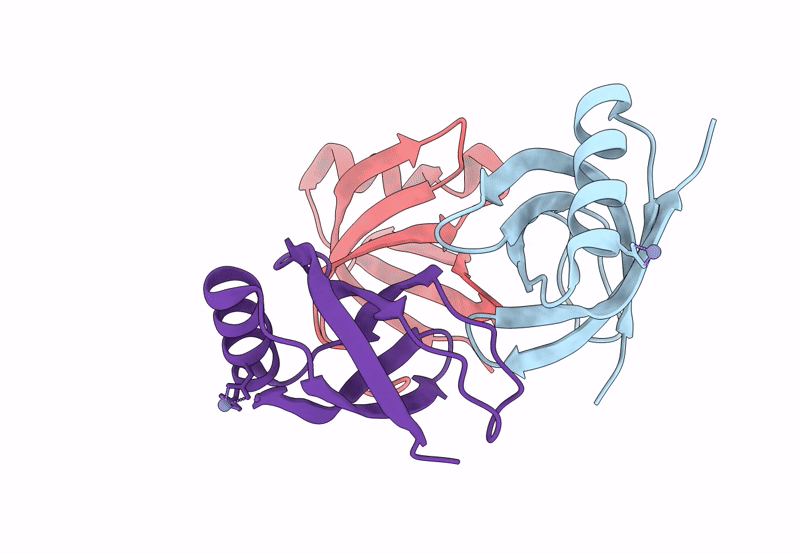
Deposition Date
2022-10-14
Release Date
2023-10-25
Last Version Date
2025-05-07
Method Details:
Experimental Method:
Resolution:
2.20 Å
R-Value Free:
0.25
R-Value Work:
0.21
Space Group:
P 65 2 2


